Drip irrigation tubing, also known as drip irrigation hose or drip tape, is a type of flexible tubing specifically designed for use in drip irrigation systems. It consists of a thin, flattened wall with small holes or emitters spaced along its length. These emitters allow water to drip slowly and evenly onto the soil, providing precise watering to plants.
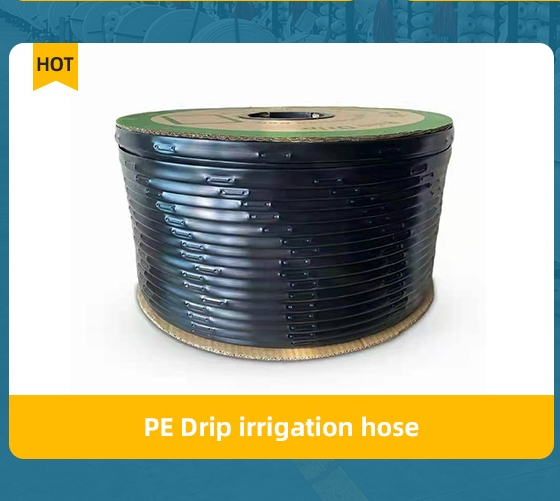
Drip irrigation tubing is a critical component of drip irrigation systems, designed to deliver water directly to the roots of plants in a controlled and efficient manner. This method of irrigation conserves water and ensures that plants receive the necessary hydration without the waste associated with traditional watering methods.
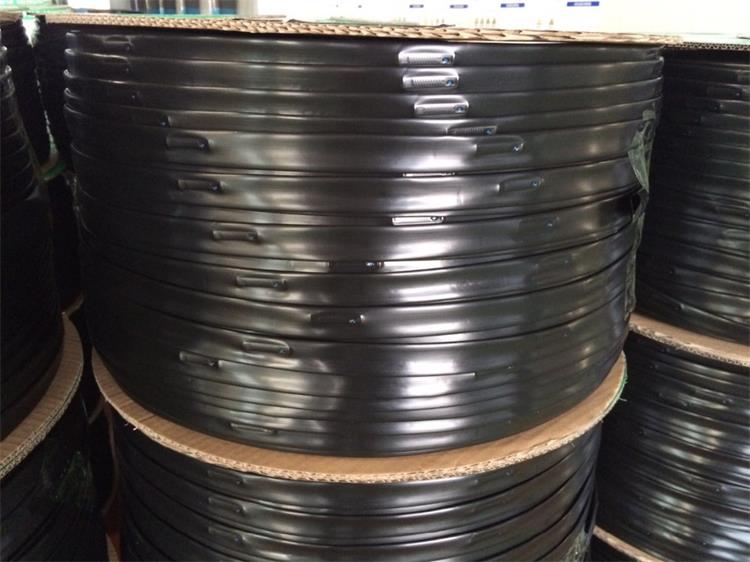
The main advantage of using drip hose is its ability to conserve water by delivering it directly to the roots of plants. This reduces evaporation and runoff, ensuring that plants receive the water they need while minimizing waste. Additionally, drip irrigation systems using flat hose can be easily customized to meet the specific watering needs of different plants and soil types.
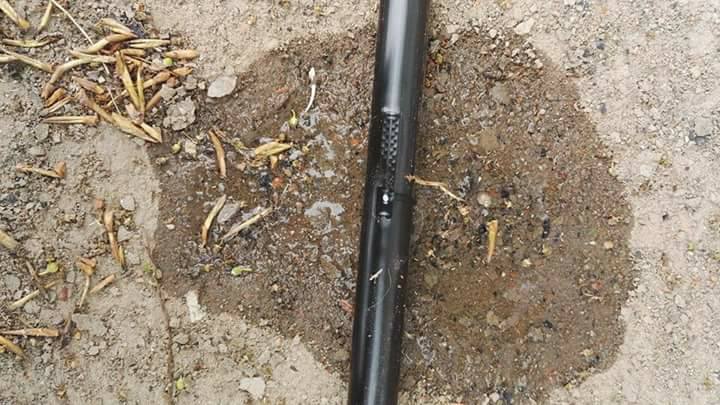
Overall, drip hose is an efficient and effective way to provide precise watering to plants, helping to promote healthy growth and reduce water usage.
What are Drip Irrigation Hoses? Watering Hose with Holes
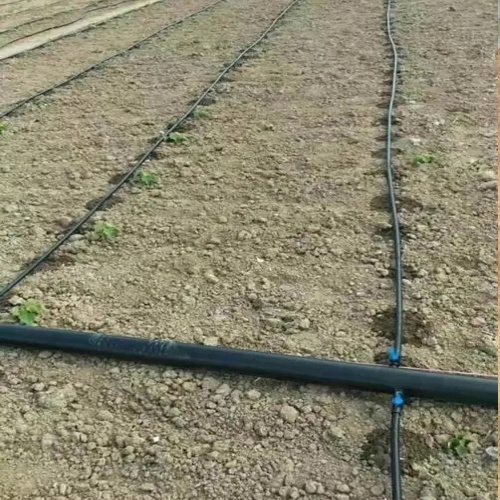
The main characteristics of a drip irrigation hose include:
- Porous Design: The hose is perforated with small holes, usually spaced closely together, to allow a controlled and uniform flow of water. This design ensures that water is distributed evenly across the desired area, promoting healthy plant growth.
- Flexible and Lightweight: The hose is typically made of flexible and lightweight material, such as rubber or plastic, which allows it to be easily laid out and maneuvered in different configurations. This flexibility also means it can adapt to curves and uneven ground, making it suitable for use in various irrigation systems.
- Durable and Long-Lasting: The material used in the construction of soaker hoses is usually resistant to UV radiation, corrosion, and punctures, ensuring a long service life even under outdoor conditions.
The advantages of using a drip irrigation hose include:

- Water Conservation: The slow and controlled release of water through the pores in the hose allows for deep, even watering that minimizes evaporation and runoff. This efficient use of water helps conserve resources and reduce waste.
- Soil Moisture Retention: The slow infiltration of water into the soil helps maintain constant soil moisture levels, promoting healthier plant growth.
- Easy Installation and Use: Soaker hoses are relatively easy to install and can be connected to a standard garden hose or watering system. They require minimal maintenance and can be left in place for extended periods of time.
The drip irrigation hose is commonly used in a variety of applications, including:
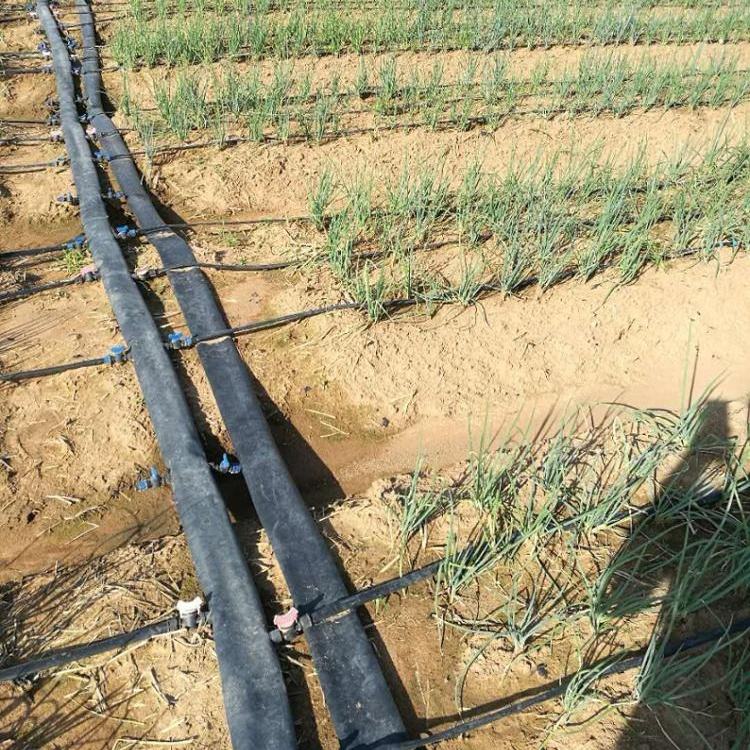
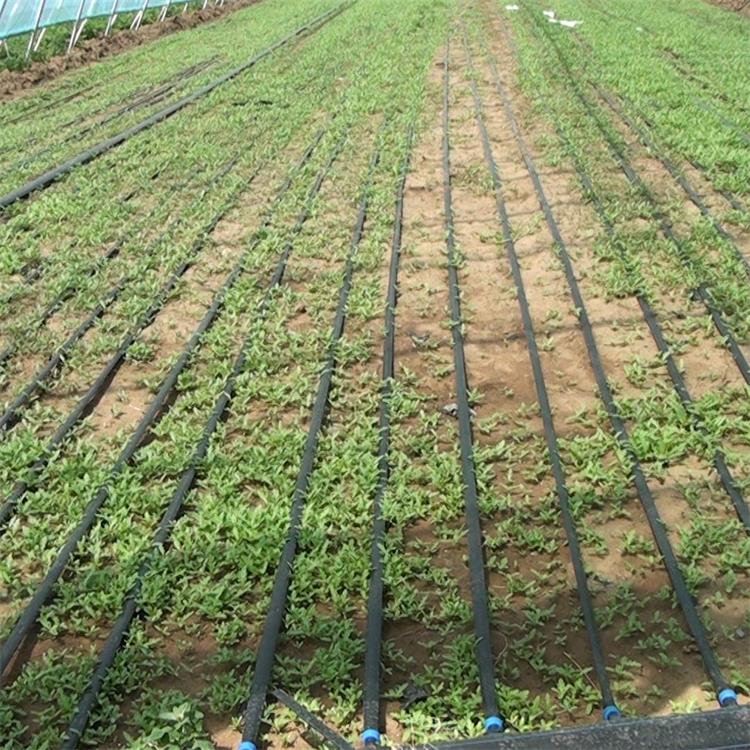
- Gardens and Landscaping: In home gardens and landscaping projects, soaker hoses are used to water flowers, shrubs, and trees. They can be placed directly on the soil or buried shallowly to provide a discreet and efficient watering solution.
- Vegetable Gardens and Farms: Farmers and gardeners often use soaker hoses in vegetable gardens and farms to ensure that crops receive the necessary amount of water for healthy growth.
- Containers and Pots: Soaker hoses are also suitable for watering plants in containers or pots. They can be placed at the bottom of the container to allow water to seep up through the soil, ensuring that the roots of the plants are evenly hydrated.
In summary, a drip irrigation hose is a valuable tool for efficient and effective watering in gardens, landscapes, and agricultural applications. Its porous design, flexibility, and durability make it a convenient and reliable choice for irrigation needs.

